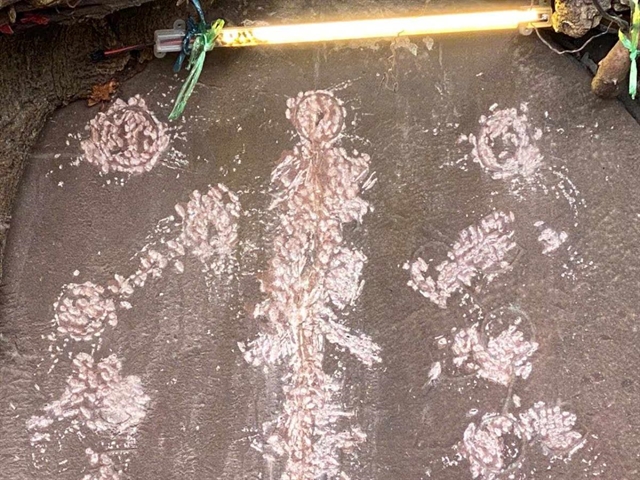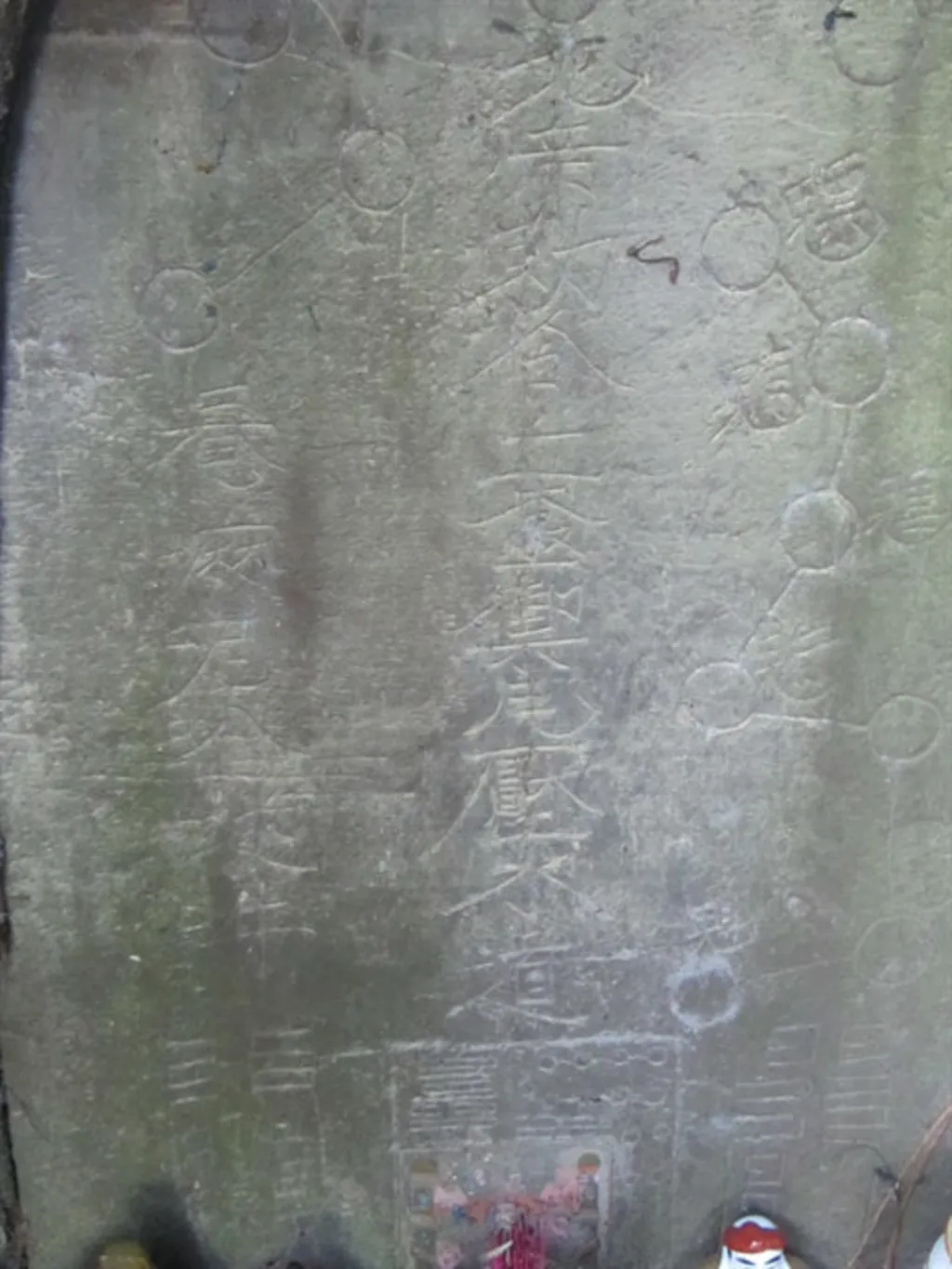 Life & Style
Life & Style

HỘI AN – An investigation is underway following damage to an ancient stele – an item within a shrine in the strictly- protected National Special Relic zone and the UNESCO-recognised world heritage site – in Phan Châu Trinh street.
 |
| The ancient stele is set within a brick alter in Phan Châu Trinh street in Hội An City. VNS Photo Công Thành |
Director of the city’s Centre for Cultural Heritage Management and Preservation, Phạm Phú Ngọc said the sandstone stele surface, covered with ancient scripts of Hán-Nôm (the Chinese version and ancient Vietnamese ideographic scripts), which dates back centuries, was damaged on March 31.
The centre reported that local residents living nearby heard sounds of something being broken at around 1am the same day.
Ngọc said the stele, which is set within a brick built alter, is a spiritual omen against disasters and floods, said to offer a peaceful life for local people, free from risks.
 |
| Ancient scripts and symbols on the stele at 98 Phan Châu Trinh street in Hội An. Photo courtesy of Hội An City’s Centre for Cultural Heritage Management and Preservation |
A banyan tree is growing at the back of the stele, covering both it and the alter with its roots.
The ancient scripts and signs, which were carved on the stele's surface, depict the religious belief of the civilians from past centuries, relating to the construction of Chùa Cầu, or the Japanese Covered Bridge, a symbol of the ancient Hội An Town from the 17th century.
The centre said the stele worships Bắc Đế Trấn Vũ, a spiritual deity who could protect Hội An and the Japanese Covered Bridge from being destroyed by natural disasters, earthquakes and the annual flooding.
 |
| Ancient scripts of Hán-Nôm (the Chinese version and ancient Vietnamese ideographic scripts) are carved on a sandstone stele at 98 Phan Châu Trinh street of Hội An. VNS Photo Công Thành |
The special bridge, sandwiched between Nguyễn Thị Minh Khai and Trần Phú streets, a few hundred metres from the stele, depicts a sword on the back of a fictional monster that has its head in India with the body in Việt Nam and the tail in Japan.
The monster was said to be able to create quakes and disasters, and the bridge was built in the hopes of a peaceful life for people in all three countries, according to archives from the Centre for Cultural Heritage Management.
A survey from the centre reported that Hội An ancient town has over 1,100 houses between 100 and 200 years old, of which 780 have been recognised as heritage relics.




